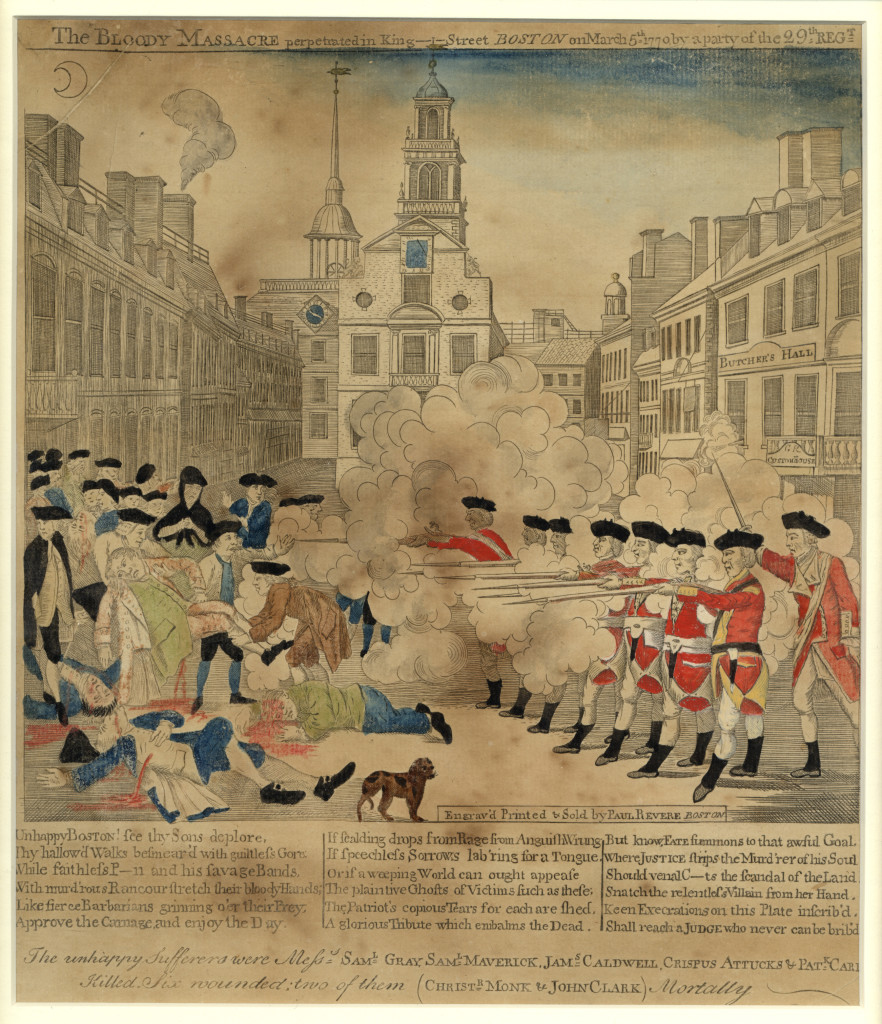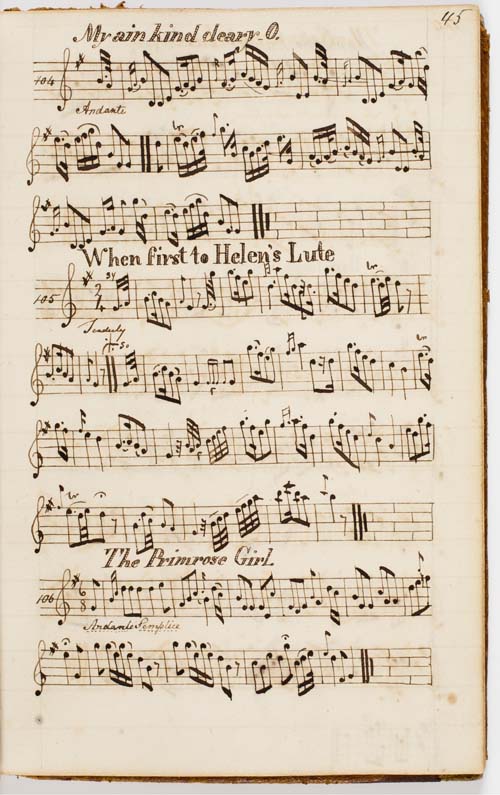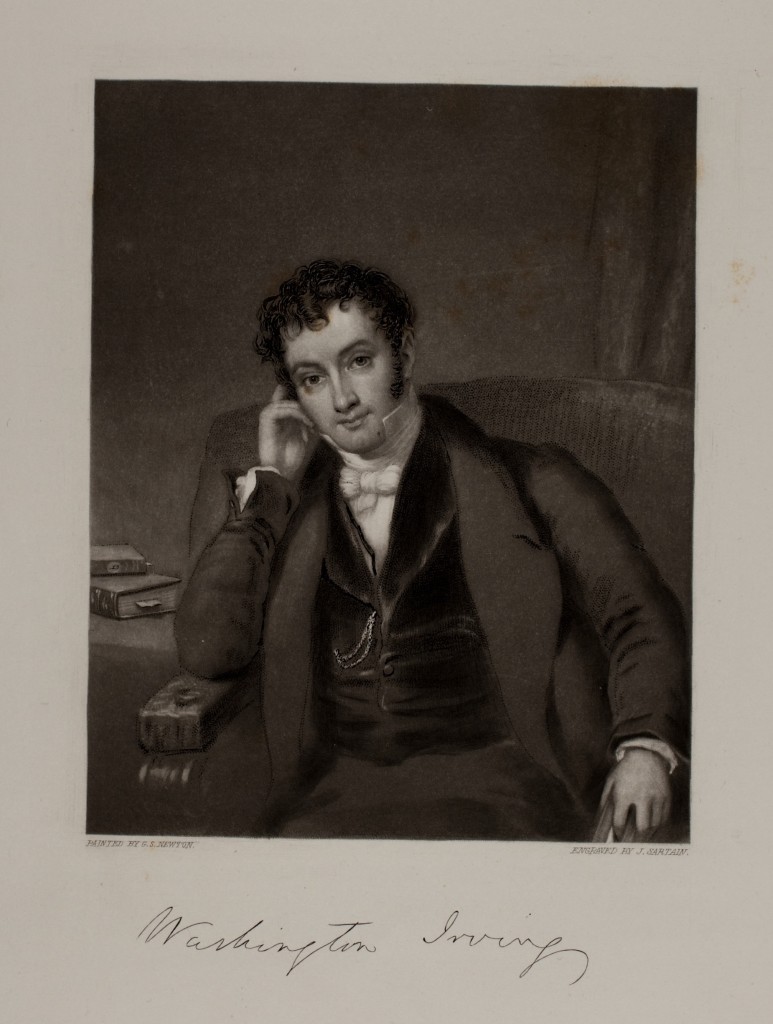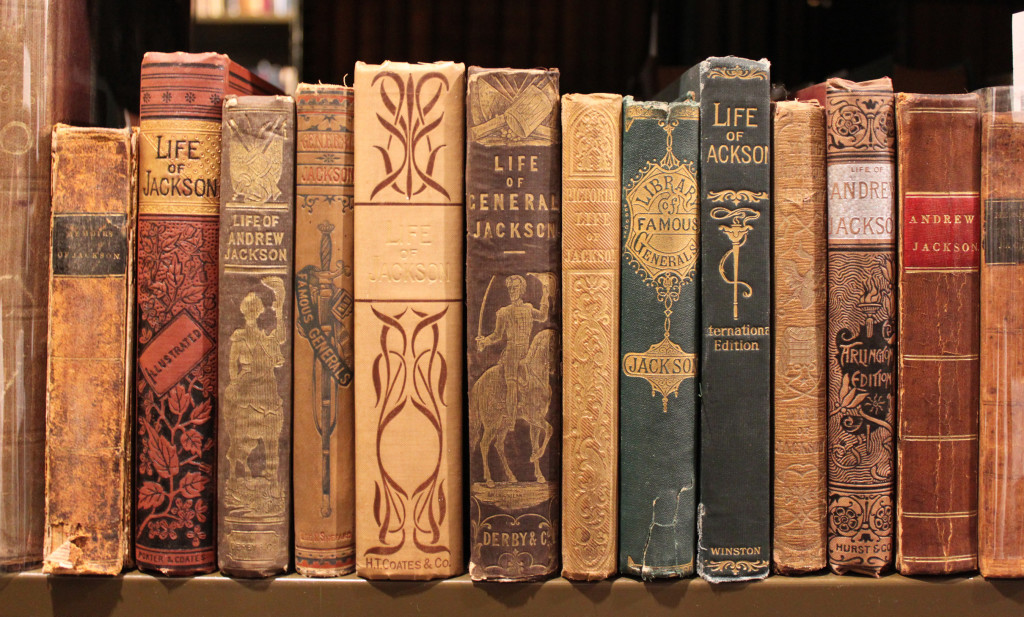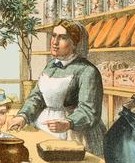
As visions of baked goods dance through the pages of holiday Instagram, we bloggers at Past is Present have decided to take a look at some of our historical manuscript cookbooks to see what early American bakers were cooking up instead. Like our fellow bloggers at Cooking in the Archives and the experts at Colonial Williamsburg, ...

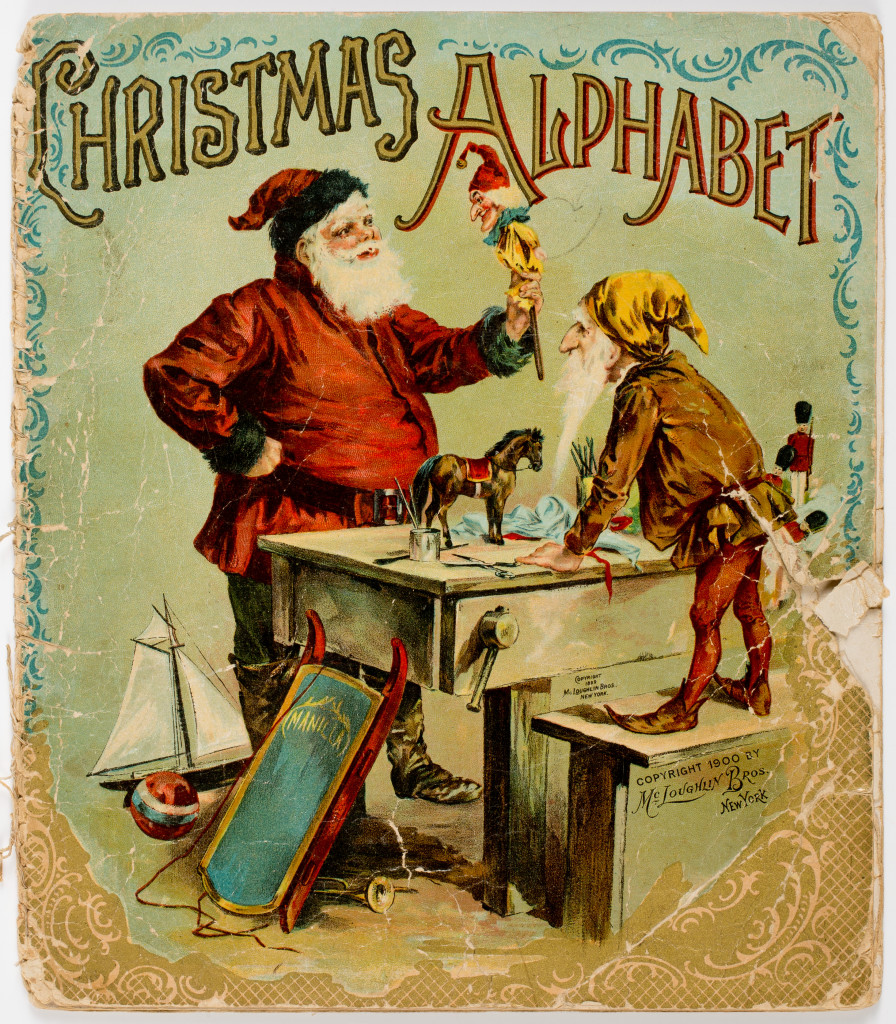
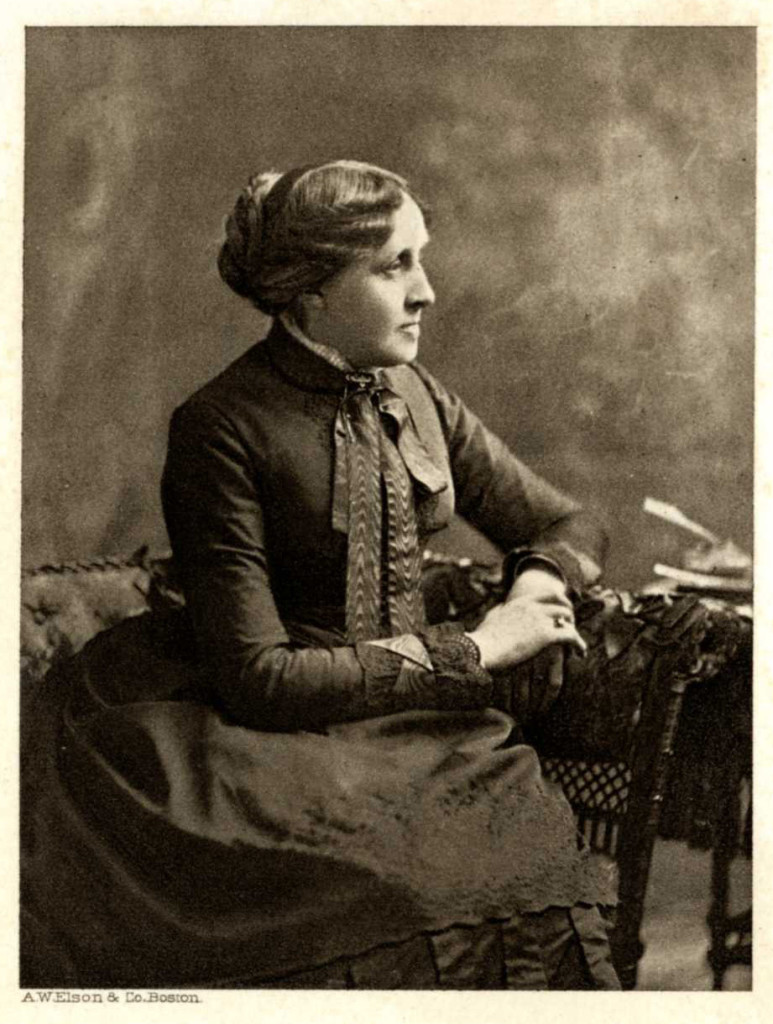
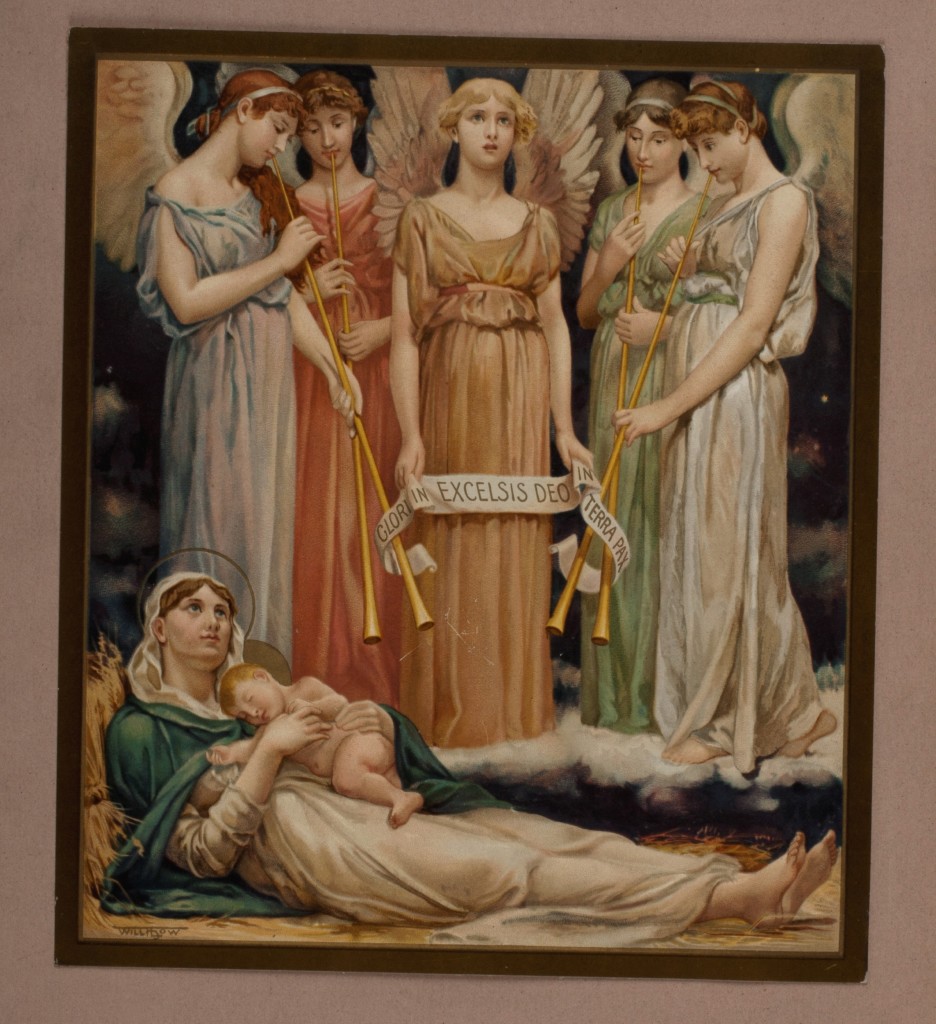
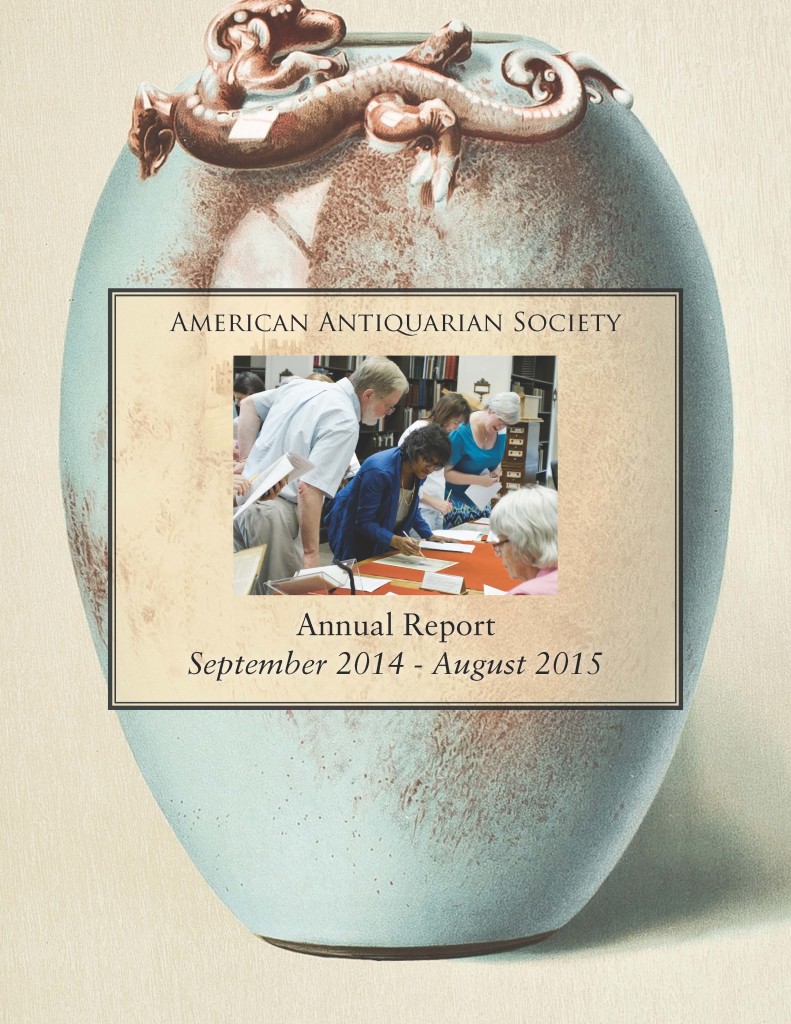
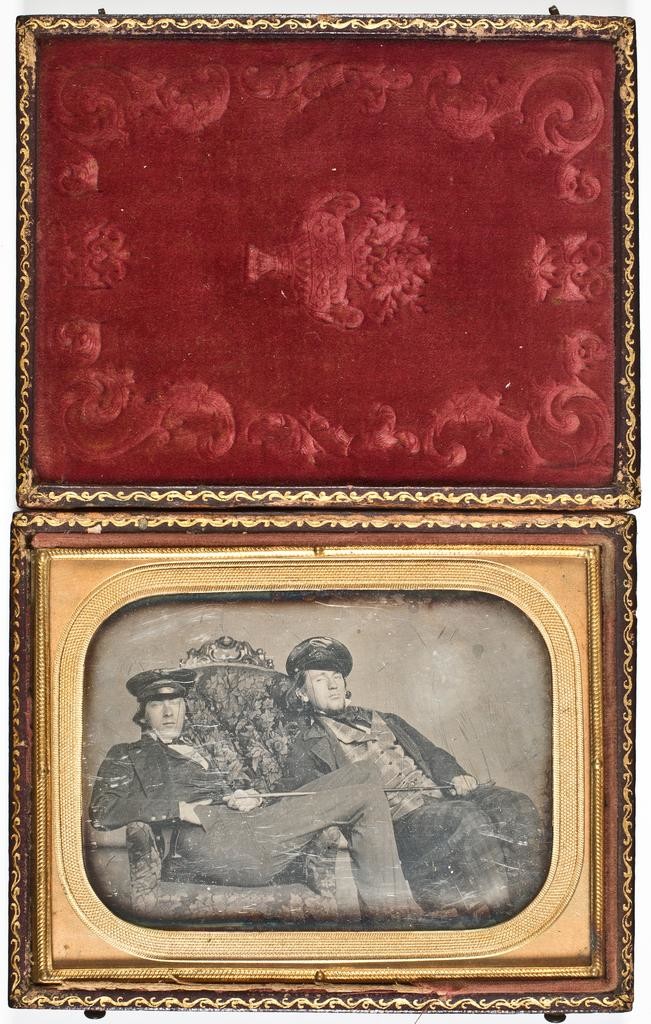

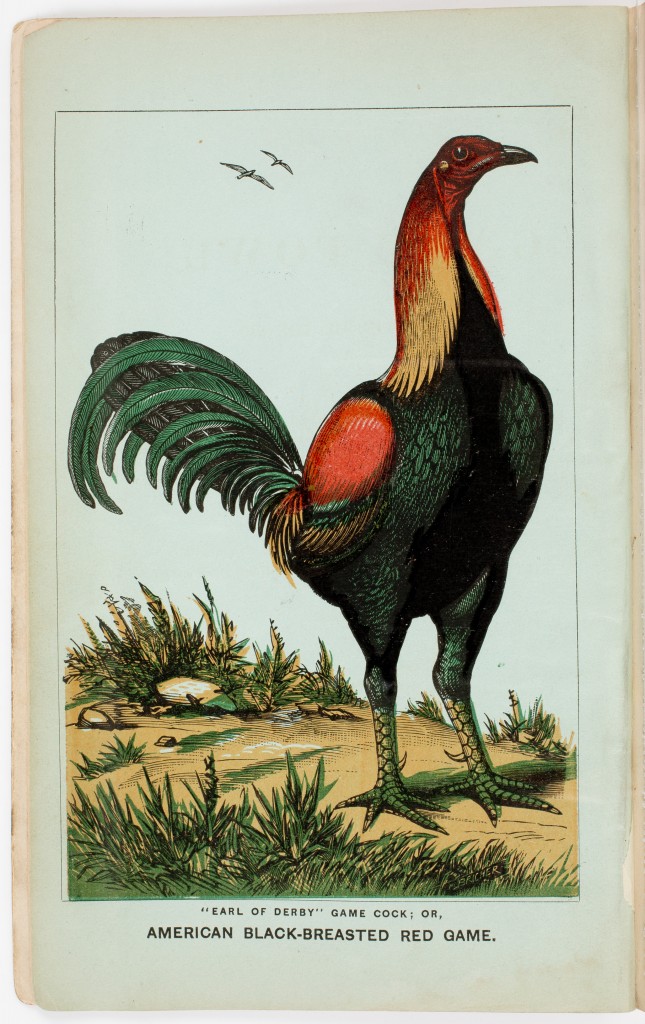
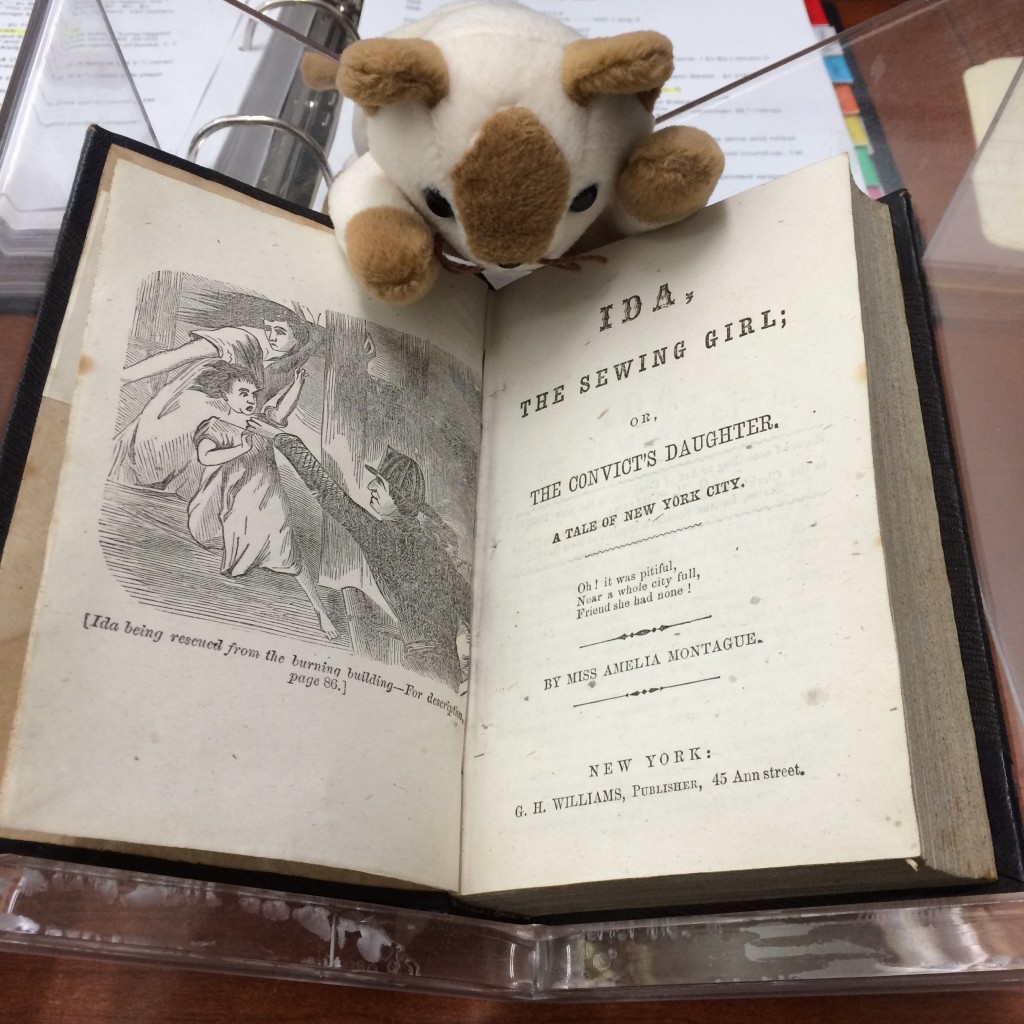
!["The Improved and Illustrated Game of Dr. Busby." Salem, Mass.: Published by W. and S. B. Ives., [1843?].](https://pastispresent.org/wp-content/uploads/Dr.-Busby.jpg)
